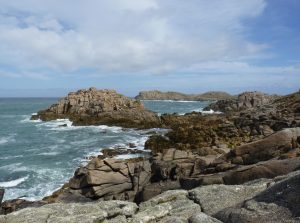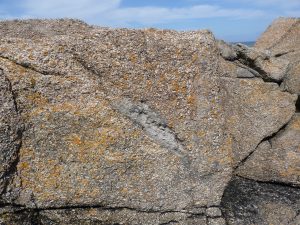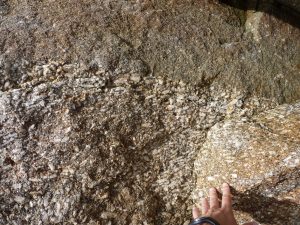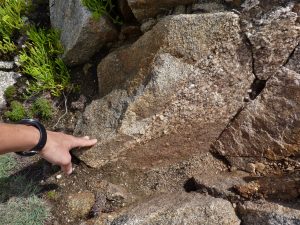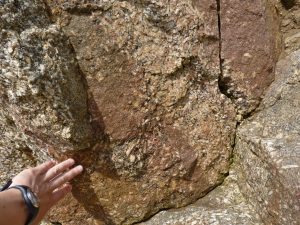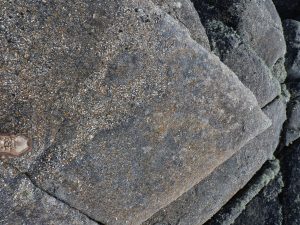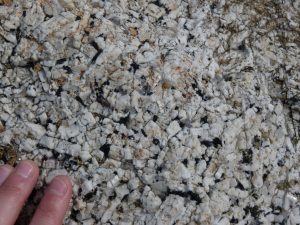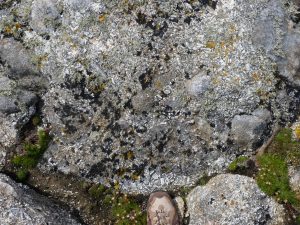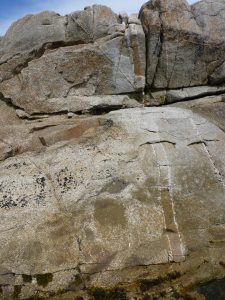Highlights: Granite variation Information here is provided for reference only. You should ensure that you have permission from the landowner and take safety precautions when visiting sites.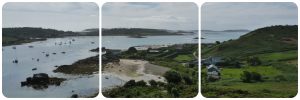
Location: SV 8769 5151
What’s nearby: St Martin’s
Conservation: Site of Special Scientific Interest (SSSI) No hammering or collecting at any time. Note that parts of the Isles of Scilly are a haven for bird life. Nesting birds should not be disturbed in any way.
Further Reading & References
* Mullis, SJL, Salmon, S and Powell T. 2001. Insights into the formation of the Isles of Scilly pluton. Geoscience in south-west England, 10, p. 230-238. [PDF]
* Osman, CW. 1928. The Granite of the Scilly Isles and their relation to the Dartmoor Granite. Quarterly Journal of the Geological Society, 84, p. 258-292. [PDF – £]
